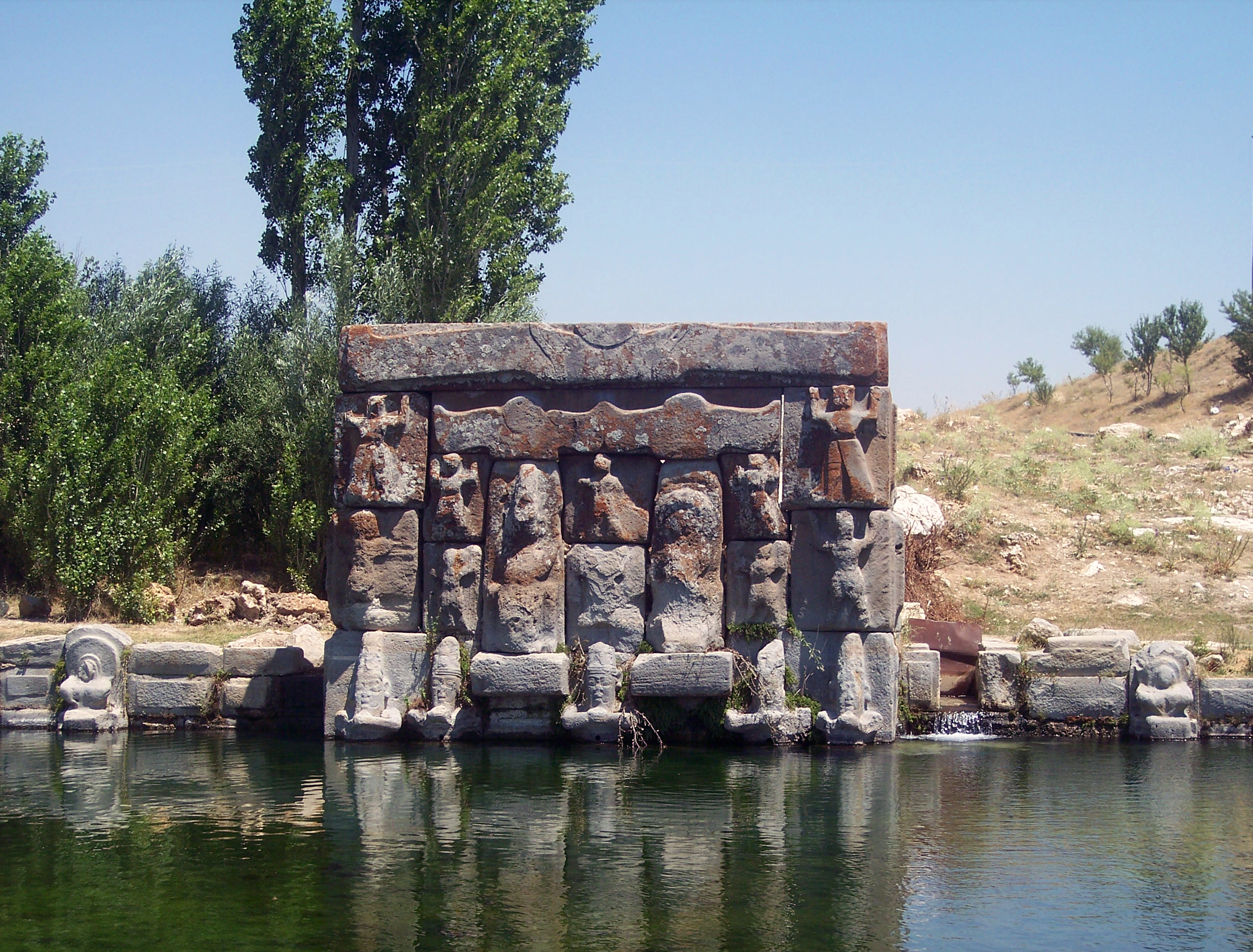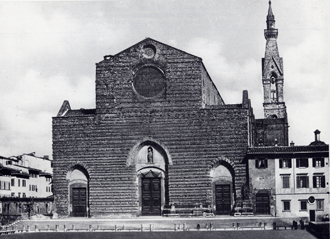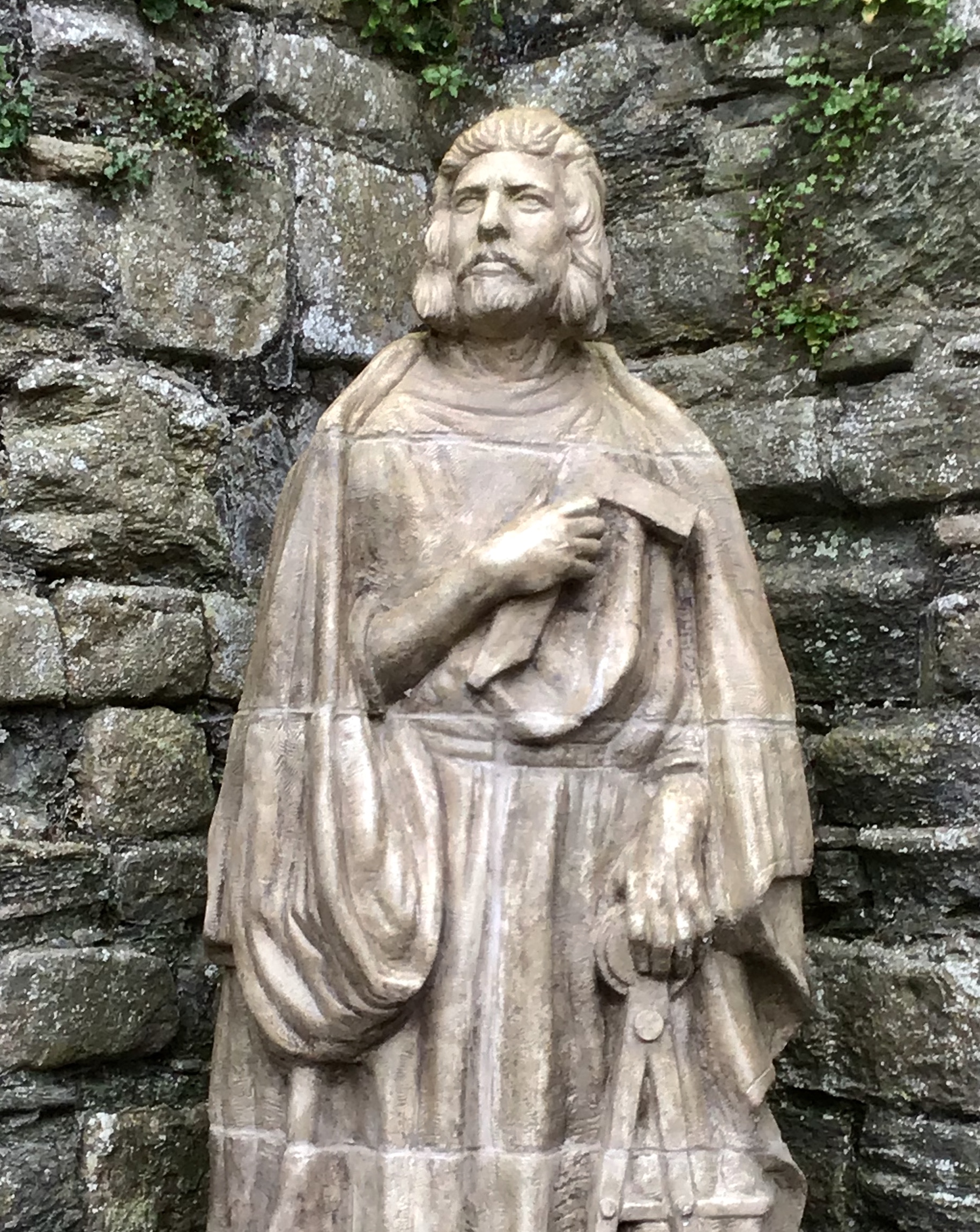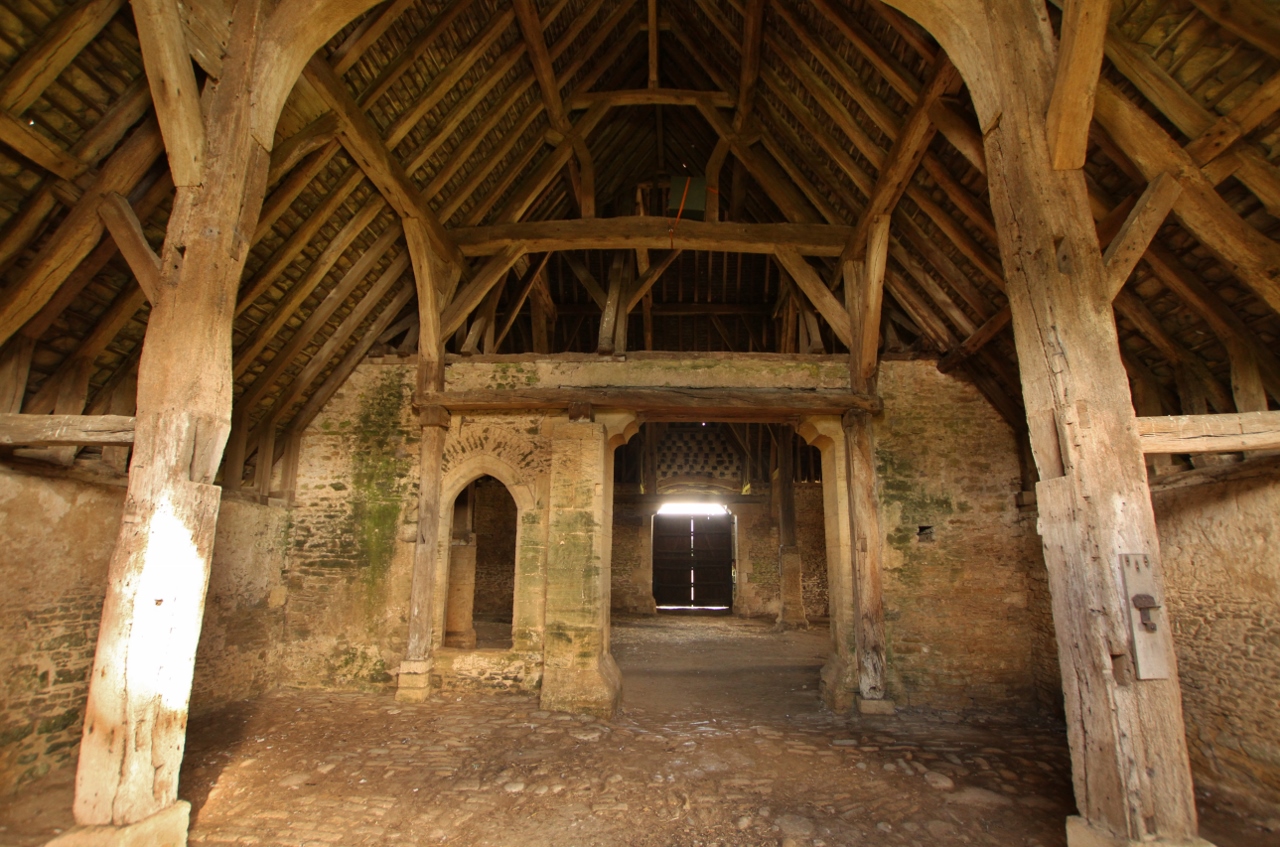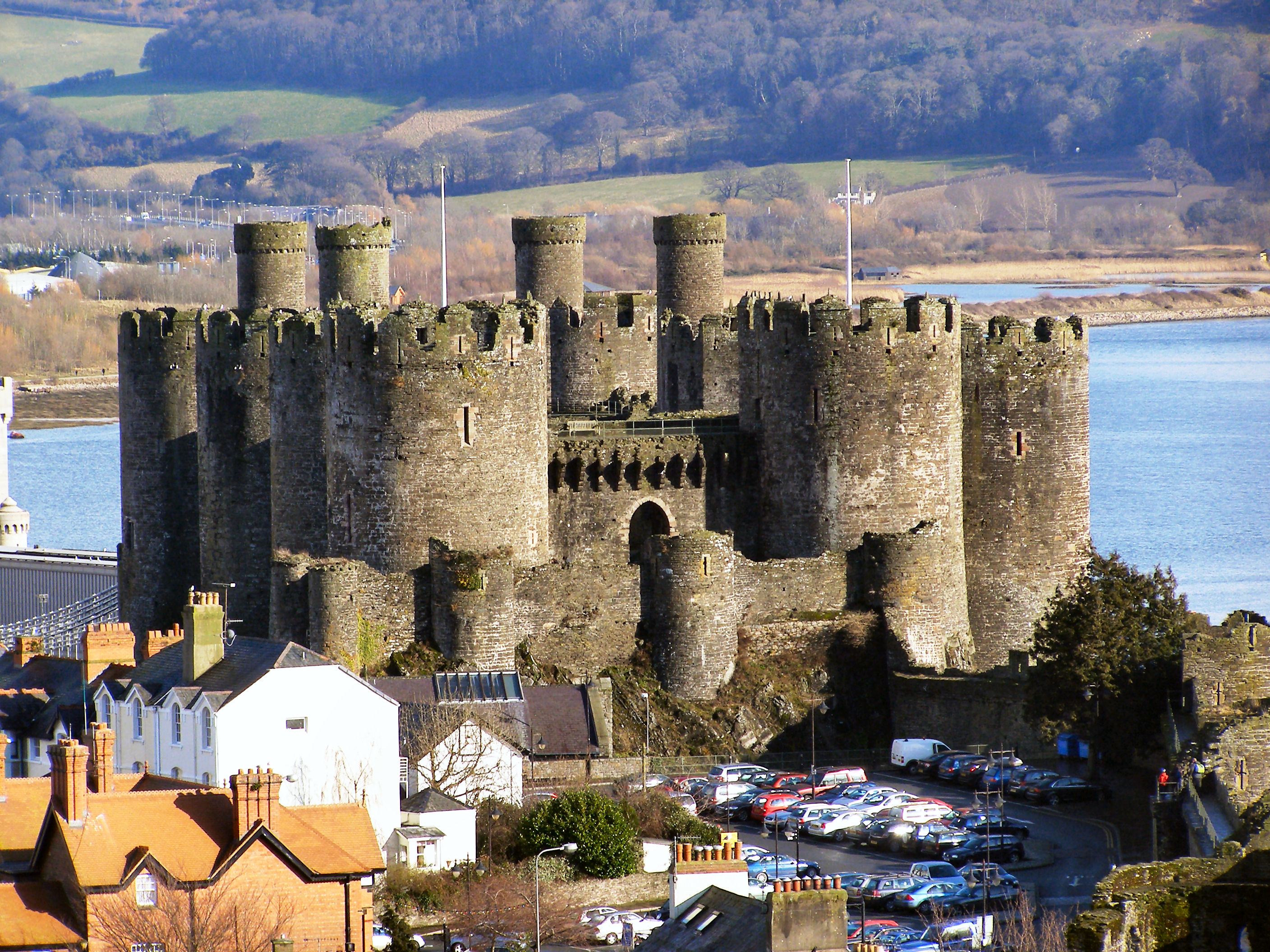|
1290s In Architecture
__TOC__ Buildings and structures Buildings * c.1290–97 – Merton College Chapel (choir) in Oxford built * 1290 – Orvieto Cathedral, Umbria by Arnolfo di Cambio begun * 1292 – Great Coxwell Barn in England built * 1293 – Hôpital de Notre-Dame de Fontenilles, Tonnerre, Yonne, Tonnerre, Burgundy, begun * 1295 – Beaumaris Castle by Master James of Saint George on Anglesey in Wales begun * 1296 ** Florence Cathedral (''Il Duomo di Firenze'') by Arnolfo di Cambio begun ** Basilica of Santa Croce, Florence by Arnolfo di Cambio begun * 1299 – Eşrefoğlu Mosque in Beyşehir, Anatolia, completed References 13th-century architecture, * 1290s works, Architecture {{Architecture-hist-stub ... [...More Info...] [...Related Items...] OR: [Wikipedia] [Google] [Baidu] |
Tonnerre, Yonne
Tonnerre () is a commune in the Yonne department in Bourgogne-Franche-Comté in north-central France. Geography Straddling the Canal de Bourgogne, the commune is situated at the following crossroads: *RD 965 (formerly RN 65) linking Auxerre 70 km to the west and Troyes 65 km to the north *RD 905 (formerly RN 5) linking Sens 70 km to the north and Dijon 125 km to the southeast, an historic route from Paris to Geneva. Neighboring communes Toponymy During the Roman era, Tonnerre was known as ''Tornodurum'', which was derived from the Lingone word for "fortress". It was the capital of ''Pagus Tornodorensis''. Here, in the valley of the Armançon, the County of Tonnerre was created, which served as a point of passage between Paris and Dijon, during a time when the King of France had designs on the Duchy of Burgundy. Three etymologies of Tonnerre are rooted in the Celtic era: it is derived from ''Torn'' an obscure local deity; others claim it is from ''Do ... [...More Info...] [...Related Items...] OR: [Wikipedia] [Google] [Baidu] |
Beyşehir
Beyşehir () is a large town and district of Konya Province in the Akdeniz region of Turkey. The town is located on the southeastern shore of Lake Beyşehir and is marked to the west and the southwest by the steep lines and forests of the Taurus Mountains, while a fertile plain, an extension of the lake area, extends in the southeastern direction. According to 2000 census, the population of the district is 118,144 of which 41,312 live in the town of Beyşehir. History The Hittite monument situated in Beyşehir's depending locality of Eflatunpınar, at a short distance to the northeast from the town, proves that the Hittite Empire had reached as far as the region, marking in fact, in the light of present knowledge, the limits of their extension to the southwest. Evidence points out that an earlier settlement, perhaps dating back to the Neolithic Age, was also located in Eflatunpınar. Another important early settlement was located in Erbaba Höyük, situated to the south ... [...More Info...] [...Related Items...] OR: [Wikipedia] [Google] [Baidu] |
Eşrefoğlu Mosque
Eşrefoğlu Mosque is a 13th-century mosque in Beyşehir, Konya Province, Turkey It is situated north of the Beyşehir Lake History During the last years of Seljuks of Rum, various governors of Seljuks enjoyed a partial independency. They established their own semi independent principalities named Anatolian Beyliks. Eshrefids (1280-1326) was a small beylik in center west Anatolia. After 1288, Süleyman Bey, the second bey of Eshrefids rebuilt the city of Beyşehir as a capital of his beylik. Although his beylik was relatively an unimportant political power, the city flourished as one of the cultural centers of Seljuk world. In 1296, he commissioned a mosque in Beyşehir, one of the greatest mosques during the Anatolian beylik period. In 1302 he died and buried in a sepulcher next to the mosque. Technical details The plan of the mosque is rectangular; . But the corner at the north east side is enlarged to make room for the main portal. The dimensions of the portal are . The ... [...More Info...] [...Related Items...] OR: [Wikipedia] [Google] [Baidu] |
Basilica Of Santa Croce, Florence
The ( Italian for 'Basilica of the Holy Cross') is the principal Franciscan church in Florence, Italy, and a minor basilica of the Roman Catholic Church. It is situated on the Piazza di Santa Croce, about 800 meters south-east of the Duomo. The site, when first chosen, was in marshland outside the city walls. It is the burial place of some of the most illustrious Italians, such as Michelangelo, Galileo, Machiavelli, the poet Foscolo, the philosopher Gentile and the composer Rossini, thus it is known also as the Temple of the Italian Glories (). Building The basilica is the largest Franciscan church in the world. Its most notable features are its sixteen chapels, many of them decorated with frescoes by Giotto and his pupils, and its tombs and cenotaphs. Legend says that Santa Croce was founded by St Francis himself. The construction of the current church, to replace an older building, was begun on 12 May 1294, possibly by Arnolfo di Cambio, and paid for by some of the cit ... [...More Info...] [...Related Items...] OR: [Wikipedia] [Google] [Baidu] |
Florence Cathedral
Florence Cathedral, formally the (; in English Cathedral of Saint Mary of the Flower), is the cathedral of Florence, Italy ( it, Duomo di Firenze). It was begun in 1296 in the Gothic style to a design of Arnolfo di Cambio and was structurally completed by 1436, with the dome engineered by Filippo Brunelleschi. The exterior of the basilica is faced with polychrome marble panels in various shades of green and pink, bordered by white, and has an elaborate 19th-century Gothic Revival façade by Emilio De Fabris. The cathedral complex, in Piazza del Duomo, includes the Baptistery and Giotto's Campanile. These three buildings are part of the UNESCO World Heritage Site covering the historic centre of Florence and are a major tourist attraction of Tuscany. The basilica is one of Italy's largest churches, and until the development of new structural materials in the modern era, the dome was the largest in the world. It remains the largest brick dome ever constructed. The cathedral is ... [...More Info...] [...Related Items...] OR: [Wikipedia] [Google] [Baidu] |
Wales
Wales ( cy, Cymru ) is a Countries of the United Kingdom, country that is part of the United Kingdom. It is bordered by England to the Wales–England border, east, the Irish Sea to the north and west, the Celtic Sea to the south west and the Bristol Channel to the south. It had a population in 2021 of 3,107,500 and has a total area of . Wales has over of coastline and is largely mountainous with its higher peaks in the north and central areas, including Snowdon (), its highest summit. The country lies within the Temperateness, north temperate zone and has a changeable, maritime climate. The capital and largest city is Cardiff. Welsh national identity emerged among the Celtic Britons after the Roman withdrawal from Britain in the 5th century, and Wales was formed as a Kingdom of Wales, kingdom under Gruffydd ap Llywelyn in 1055. Wales is regarded as one of the Celtic nations. The Conquest of Wales by Edward I, conquest of Wales by Edward I of England was completed by 1283, th ... [...More Info...] [...Related Items...] OR: [Wikipedia] [Google] [Baidu] |
Anglesey
Anglesey (; cy, (Ynys) Môn ) is an island off the north-west coast of Wales. It forms a Local government in Wales, principal area known as the Isle of Anglesey, that includes Holy Island, Anglesey, Holy Island across the narrow Cymyran Strait and some islets and Skerry, skerries. Anglesey island, at , is the list of islands of Wales, largest in Wales, the list of islands of the British Isles, seventh largest in Britain, List of islands in the Irish Sea, largest in the Irish Sea and second most populous there after the Isle of Man. Isle of Anglesey County Council administers , with a 2011 census population of 69,751, including 13,659 on Holy Island. The Menai Strait to the mainland is spanned by the Menai Suspension Bridge, designed by Thomas Telford in 1826, and the Britannia Bridge, built in 1850 and replaced in 1980. The largest town is Holyhead on Holy Island, whose ferry service with Ireland handles over two million passengers a year. The next largest is Llangefni, the cou ... [...More Info...] [...Related Items...] OR: [Wikipedia] [Google] [Baidu] |
James Of Saint George
Master James of Saint George (–1309; French: , Old French: Mestre Jaks, Latin: Magister Jacobus de Sancto Georgio) was a master of works/architect from Savoy, described by historian Marc Morris as "one of the greatest architects of the European Middle Ages". He was largely responsible for designing King Edward I's castles in North Wales, including Conwy, Harlech and Caernarfon (all begun in 1283) and Beaumaris on Anglesey (begun 1295). Origin and early life There is little firm documentary evidence of James’ early life and origin. However, we have very strong circumstantial evidence that his place of birth was Saint-Prex in or around the year 1230. We know for certain that his father was also an architect mason named John. This strong evidence related to his father, including year of death and architectural style lead to the conclusion that John was Jean Cotereel the builder of Saint-Prex and Lausanne Cathedral. Of particular interest are the similarities of the rose w ... [...More Info...] [...Related Items...] OR: [Wikipedia] [Google] [Baidu] |
Beaumaris Castle
Beaumaris Castle ( ; cy, Castell Biwmares ), in Beaumaris, Anglesey, Wales, was built as part of Edward I's campaign to conquer north Wales after 1282. Plans were probably first made to construct the castle in 1284, but this was delayed due to lack of funds and work only began in 1295 following the Madog ap Llywelyn uprising. A substantial workforce was employed in the initial years under the direction of James of St George. Edward's invasion of Scotland soon diverted funding from the project, however, and work stopped, only recommencing after an invasion scare in 1306. When work finally ceased around 1330 a total of £15,000 had been spent, a huge sum for the period, but the castle remained incomplete. Beaumaris Castle was taken by Welsh forces in 1403 during the rebellion of Owain Glyndŵr, but recaptured by royal forces in 1405. In March 1592, the Welsh Roman Catholic priest and martyr William Davies was imprisoned in the castle, and was eventually hanged, drawn and ... [...More Info...] [...Related Items...] OR: [Wikipedia] [Google] [Baidu] |
Great Coxwell Barn
Great Coxwell Barn is a Medieval tithe barn at Great Coxwell, Oxfordshire (formerly Berkshire), England. It is on the northern edge of the village of Great Coxwell, which is about northeast of Swindon in neighbouring Wiltshire. The barn was built about 1292 for the Cistercian Beaulieu Abbey in Hampshire, which had held the manor of Great Coxwell since 1205. Since 1956 it has been in the care of the National Trust. The barn has been a Grade I listed building since 1966 and is also a Scheduled Ancient Monument. Building Great Coxwell was a large manor, which the Domesday Book of 1086 recorded as 20 hides. In 1205 King John granted the manor to Beaulieu Abbey. When the Cistercian Beaulieu Abbey in Hampshire was founded in 1204–05, King John endowed it with a group of manors that were headed by Great Faringdon and included Great Coxwell. Beaulieu retained the manors until 1538, when it surrendered all its properties to the Crown in the Dissolution of the Monasteries. ... [...More Info...] [...Related Items...] OR: [Wikipedia] [Google] [Baidu] |
1280s In Architecture
__TOC__ Buildings and structures Buildings * 1280 ** The Piazza del Campo at Siena, Italy is begun (completed in 1350). ** Durham Cathedral (in Durham, England) is completed (begun in 1093). ** The second Doorwerth Castle, rebuilt of stone, on the Rhine near Arnhem, is again besieged, and this time the bailey is burned down. ** At the site of present-day Sheffield Cathedral in England, a second parish church is completed, but is mostly demolished and rebuilt about 1430 on a cruciform floor plan. ** Spire of St Wulfram's Church, Grantham, England, is begun. ** Cressing Temple Wheat Barn in eastern England erected by about this date. * 1281 – The Basilica de Sant Francesc is built in Palma, Majorca, on a site where the Moors made soap. * 1282 ** In Naples, Italy, original construction of Castel Nuovo (Italian: "New Castle") is completed (begun in 1279); it has been expanded or renovated several times since. ** Albi Cathedral in Languedoc is begun. * 1283 – Construction of ... [...More Info...] [...Related Items...] OR: [Wikipedia] [Google] [Baidu] |

